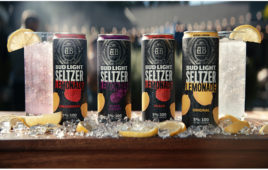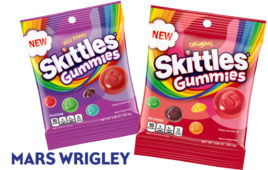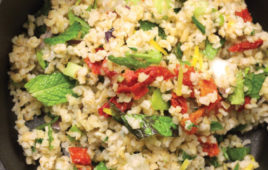Consumers are focused on saving money; non-edible sales struggled more than CPG industry as a whole in Q2 2018.
The consumer packaged goods industry is not reaping the benefits of a fairly robust economy, according to the latest IRI Consumer Connect survey results.
Even though 55% of households say their financial health is good, CPG unit sales growth is anemic and the non-food sector is struggling even more. To examine how consumers’ shopping behaviors and attitudes are affecting non-edibles, IRI also released a new report: “Where’s the Non-Food Growth?”
The Consumer Connect Index, which monitors consumers’ financial health and CPG behaviors for factors such as brand loyalty, attitudes toward organic/natural food and beverages, perception of national compared to store brands and frequency of using retailers’ and manufacturers’ coupons, came in at 98.7 for Q2 2018. This is virtually identical to Q2 2017 (98.6) and only slightly less than Q1 2018 (99.5). With a benchmark score of 100, a Consumer Connect Index score of more than 100 reflects consumers who are less price-driven, more loyal to favorite brands and better equipped to maintain their desired lifestyles without changes.
“Our quarterly index indicates that consumers do not feel like they are on the economic roller coaster as they did in the past,” said Susan Viamari, vice president of Thought Leadership for IRI. “People are opening their wallets more and spending, but they are still very selective about what they will spend their money on. Obviously, people need to eat, so they are spending more freely on food and beverages. However, they are looking to stretch their dollars a bit more in the non-food aisles.”
Doing more with less
Results from the Q2 2018 Consumer Connect survey reveal that select consumer sectors are still struggling despite the healthy economy:

As a result, consumers are embracing a variety of money-saving strategies and making trade-offs to save money:

In addition to these money-saving strategies, consumers are simply buying less to spend less. This is having a clear negative impact on non-food unit sales trends:

However, all is not doom and gloom for the CPG industry — there is reason for optimism. The economy appears to be on a positive trend, and many consumers expect that their financial position will improve throughout the remainder of the year. Even among groups that are struggling, consumers expect their household’s ability to save money will improve: 58% (total), 64% (households with kids), 54% (households with income less than $35,000) and 43% (Hispanics). In addition, these groups are showing a willingness to invest more in premium-tiered CPG solutions during the next six months: 30% (total), 28% (households with kids), 31% (households with income less than $35,000), 22% (Hispanics).
CPG brands and manufacturers also have opportunities to entice consumers to spend more to trade up to higher-end products and/or to get select benefits:

“CPG brands and retailers need to continue to think creatively and strategically in order to bring consumers what they want: excitement, convenience and value,” added Viamari. “Consumers are smart and they have choices. They know that they can shop around and they know that their choices are virtually unlimited. Brands and retailers that can stand out with a strong value proposition are the ones that will satisfy today’s choosy shoppers and be rewarded with growth and loyalty.”




